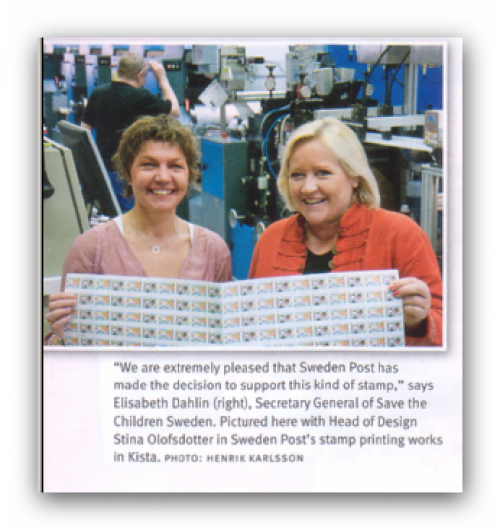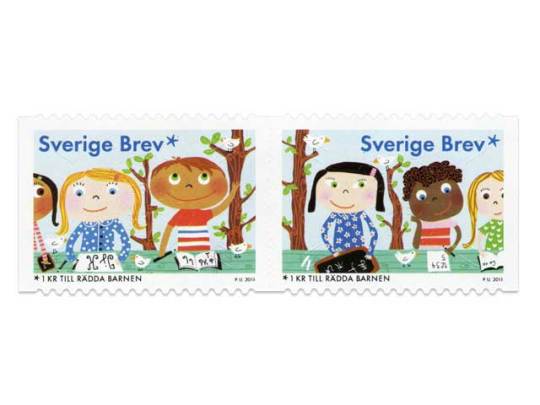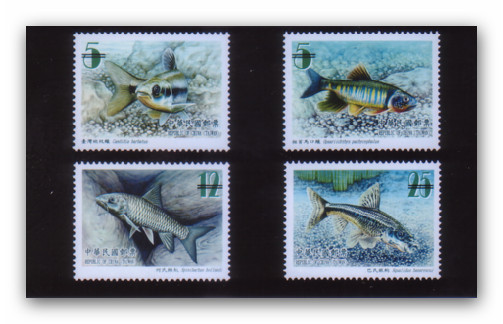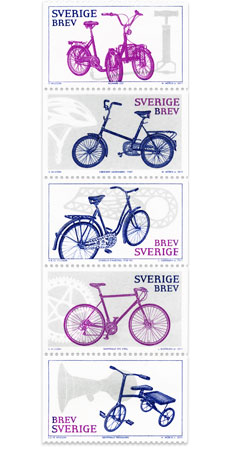Sweden Issues Charity Stamp
Sweden Post is now offering the opportunity to support a good cause when sending a letter. When you buy one of these stamps, SEK 1 per stamp (approx 16 cents US) will be donated to Save the Children’s efforts to help children in countries affected by emergencies and armed conflicts to learn to read and write. Save the Children promotes a child’s right to an education, which is the best way to help a country develop and empower its citizens out of poverty. The following story has been supplied by Sweden Post.
Adama Traore is nine years old and in second grade in Bouake, Ivory Coast. She describes how her classes improved after Save the Children began working with her school. “Save the Children came to tell us that the teachers aren’t allowed to hit us anymore, on the same day they taught us about our rights. The teacher also told us the same thing. He said that whoever wants anything can approach him and ask without being afraid. Because of this, now everyone comes to school every day.” Education is so much more than just learning to read and write. It is the foundation upon which our democratic society is built and plays a crucial role in the stability and development of a country.
Across the world, 171 million people could be lifted out of poverty if all children left school with basic reading skills. Save the Children not only teaches children about their rights so they can demand them, but educates teachers and parents about not using violence or physical and humiliating punishments since these methods have a negative effect on a child’s development, Instead, Save the Children provides adults with other tools for raising children. Every child has the right to go to school, which is why Save the Children works to change attitudes towards children who are being discriminated due to gender, handicap or ethnicity to also be allowed to attend school. Save the Children also exerts influence on governments to set aside the resources needed to ensure that all children will receive quality basic education. Save the Children builds and renovates schools; distributes teaching materials to teachers and school packets to children containing pencils and paper, to ensure that the proper conditions are in place to enable children to learn.
Since 1999 Save the Children has helped 40 million children receive a better education, but it is estimated that there are still 69 million children that do not have access to proper education. you can help by supporting Save the Children, to read more go to www.raddabarnen.se which is the Swedish office for Save the children. Others may go to www.savethechildren.org for more information.
The stamps pay the basic letter rate in Sweden. One stamp show children reading while the other stamp show students doing math problems. The stamp illustrations are by Paivi Unenge. Oscar Liedgren was the graphic designer for the set. The offset printed stamps were produced by the Sweden Post Stamps. At the bottom of each stamp their is an indication that 1KR is being donated to Save the Children.






You must be logged in to post a comment.